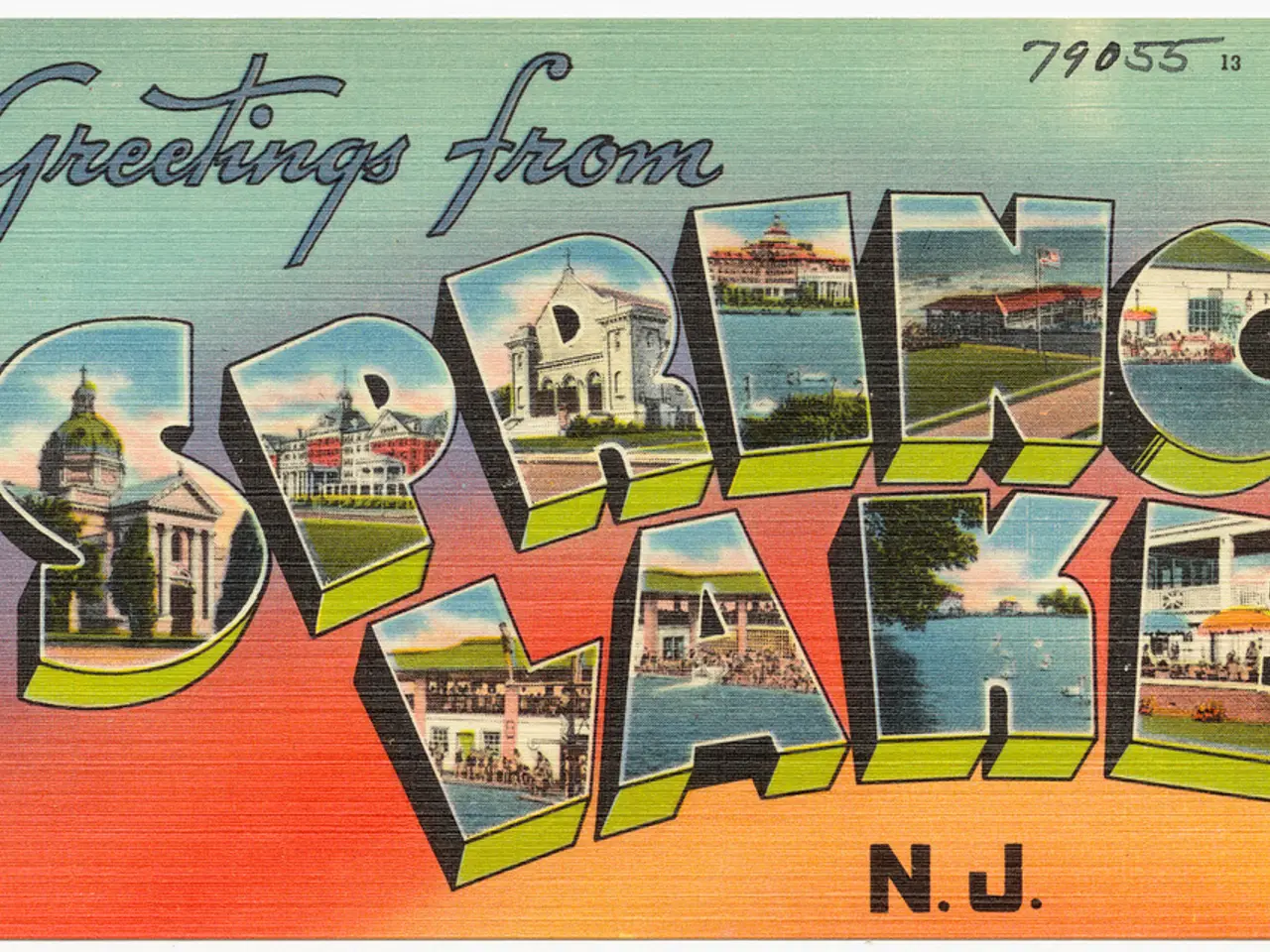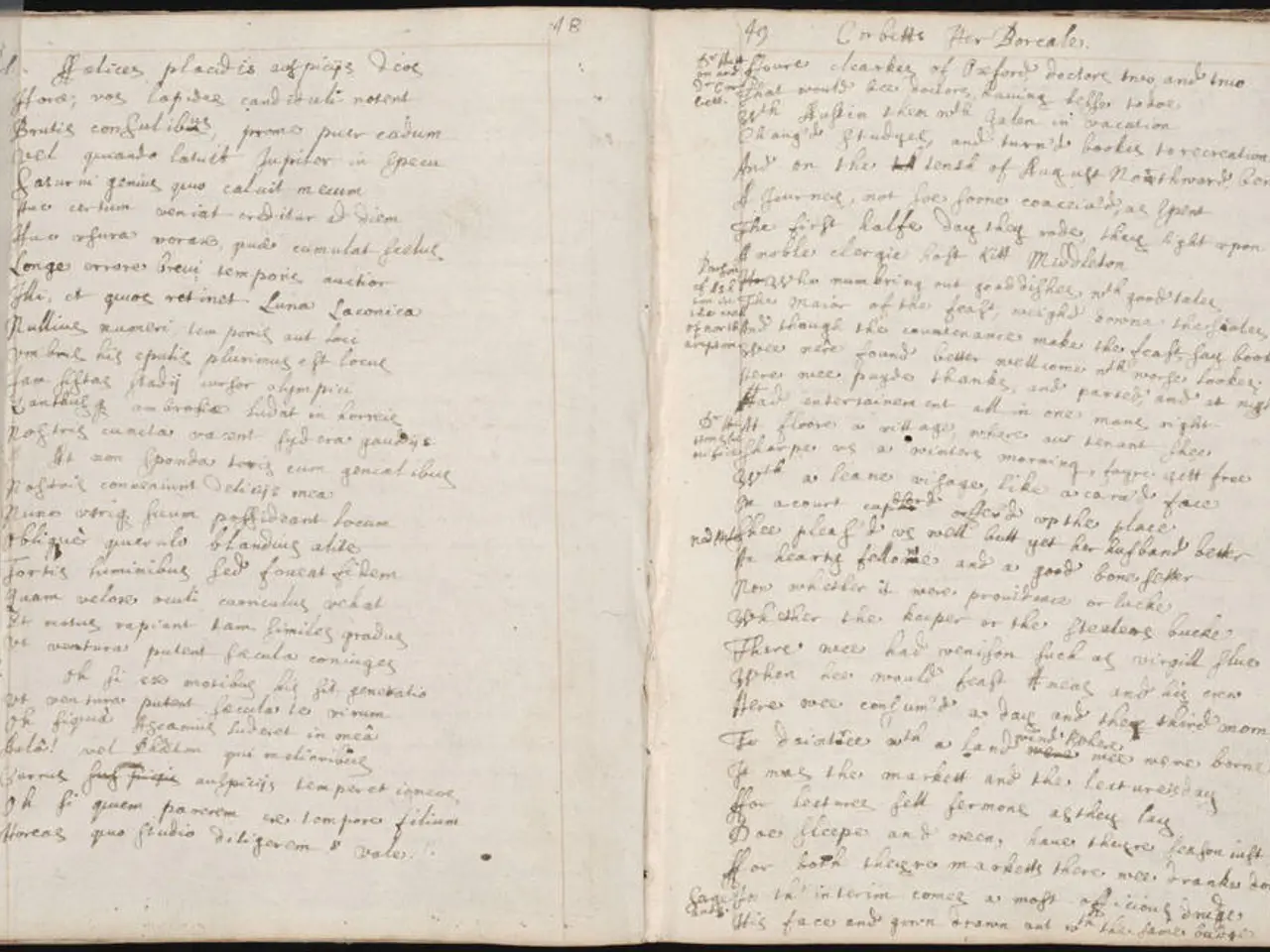Buildings at Camp Mystic were taken off the 100-year flood map prior to its expansion, as records indicate.
In a tragic turn of events, Camp Mystic, a prestigious girls' summer camp located in Kerr County along the Guadalupe River, was hit by historic floodwaters on July 4, resulting in the loss of at least 27 campers and counselors, including longtime owner Dick Eastland.
The camp's location in a low-lying area, known as a flood-prone region, raises questions about the exemptions granted to buildings at Camp Mystic from the 100-year flood map by federal regulators.
A study published by Pralle and researcher Devin Lea in 2021 revealed that the removal of buildings from FEMA flood maps occurs more frequently in areas with higher property values, more white residents, and newer buildings. This research suggests that the exemptions granted to Camp Mystic may have been influenced by such factors.
The designation of Camp Mystic as a Special Flood Hazard Area (SFHA) in 2011 required it to have flood insurance and face tighter regulation on any future construction projects. However, FEMA exempted 15 buildings at the old and new sites of Camp Mystic from the hazard area in response to appeals in 2013, 2019, and 2020.
The appeal process for changing FEMA's map designations is considered 'arduous', but it can lead to more accurate maps while making it easier for future construction. Local officials allowed the camp to expand, but did not reply to messages seeking comment regarding the expansion and compliance with floodplain management regulations.
The flood that hit Camp Mystic was far more severe than the 100-year event envisioned by FEMA, and moved quickly in the middle of the night, catching many off guard in a county that lacked a warning system. This suggests that the maps may have underestimated the true flood risk or that newer flood patterns were not fully accounted for.
Experts noted that the camp was located in a low-lying, flood-prone area, where elevating buildings even a few feet could have reduced damage. The exemptions granted to Camp Mystic compromised essential flood mitigation measures.
First Street, a data science company that specializes in modeling climate risk, puts nearly all of Camp Mystic Guadalupe at risk during a 100-year flood, as their model takes into account the effects of heavy precipitation on smaller waterways such as streams and creeks, and finds that FEMA's flood insurance map underestimates flood risks.
In summary, the repeated exemptions reflected a combination of successful appeals by Camp Mystic, possible underestimation or outdated flood risk assessments by FEMA, and regulatory decisions that failed to impose adequate safeguards in a vulnerable floodplain. These factors contributed to the camp’s buildings being excluded from the 100-year flood zone, despite their actual high exposure to severe flooding.
- The tragedy at Camp Mystic raises concerns about the exemptions given to buildings in flood-prone areas by federal regulators, as research shows such decisions may be influenced by factors like property values, racial demographics, and building age.
- The exemptions granted to Camp Mystic from the Special Flood Hazard Area (SFHA) allowed it to avoid stricter regulations and flood insurance requirements, potentially compromising essential flood mitigation measures.
- The flood that hit Camp Mystic was more severe than the 100-year event envisioned by FEMA, suggesting that flood maps may underestimate the true flood risk or fail to account for newer flood patterns.
- Experts argue that elevating buildings in flood-prone areas could have minimized the damage at Camp Mystic, emphasizing the importance of accurate flood risk assessments and adherence to floodplain management regulations.
- Businesses focusing on data science, such as First Street, use advanced modeling to reveal that Camp Mystic's location places it at high risk during a 100-year flood, arguing that FEMA's flood insurance map underestimates flood risks in such areas.
- As the tragedy unfolds, public attention turns towards the industry's role in ensuring accurate flood risk assessments, adequate safeguards, and compliance with floodplain management regulations, particularly for leisure and educational facilities like Camp Mystic.




